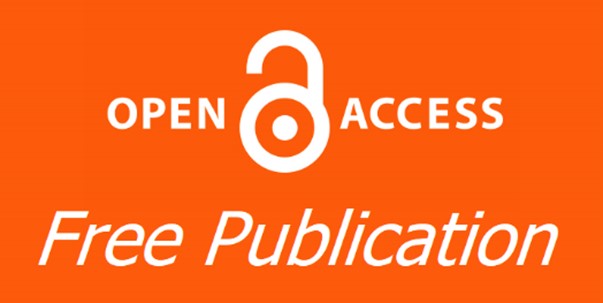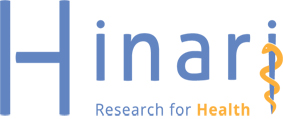Article Type
Review
Abstract
Obstructive sleep apnea (OSA) is a serious and prevalent public health disorder that can have long-term detrimental effects on the cardiovascular, nervous, and metabolic systems, and increase the risk of accidents and mortality. Newly identified pathophysiological traits of OSA include decreased upper airway pharyngeal dilator muscle responsiveness. Myofunctional therapy (MT) has been proposed as a treatment to improve dilator tone by performing isotonic and isometric exercises of the tongue and other upper airway muscles. This article reviews the beginnings of this therapy and describes systematic reviews and meta-analysis published until February in 2023 focusing in our experience using MT as an isolated therapy for treating OSA in adult patients. The search strategy was designed using keywords Obstructive OSA; Sleep apnea; Oropharyngeal exercises; Myofunctional therapy; Tongue Position; Metanalysis; Systematic review; Assessment; Evaluation; Recommendations. as referenced in PubMed, EMBASE, and the Cochrane Database of Systemic Reviews up to February 2023, . We then explain our personal views and publications on the matter, including our therapeutic applications of the Airway Gym. We describe the benefits of this procedure for patients and professionals in terms of the homogeneity of the oral and oropharyngeal exercises, the ability to provide acoustic, visual, and mechanical biofeedback, the objective and easy control of the process, and the accuracy of the exercises performed.
Keywords
myofunctional therapy, oropharyngeal exercises, obstructive sleep apnea, narrative review
Recommended Citation
Iriarte M, Alcala L, Baptista P,
et al.
Myofunctional therapy for treatment of obstructive sleep apnea: A narrative review.
Pan Arab J. Rhinol.
2023;
13 : 47-55.
Available at:
https://pajr.researchcommons.org/journal/vol13/iss1/7
DOI: https://doi.org/10.58595/2090-7559.1216
Creative Commons License

This work is licensed under a Creative Commons Attribution-NonCommercial-No Derivative Works 4.0 International License.
Included in
Oral and Maxillofacial Surgery Commons, Otolaryngology Commons, Otorhinolaryngologic Diseases Commons
















